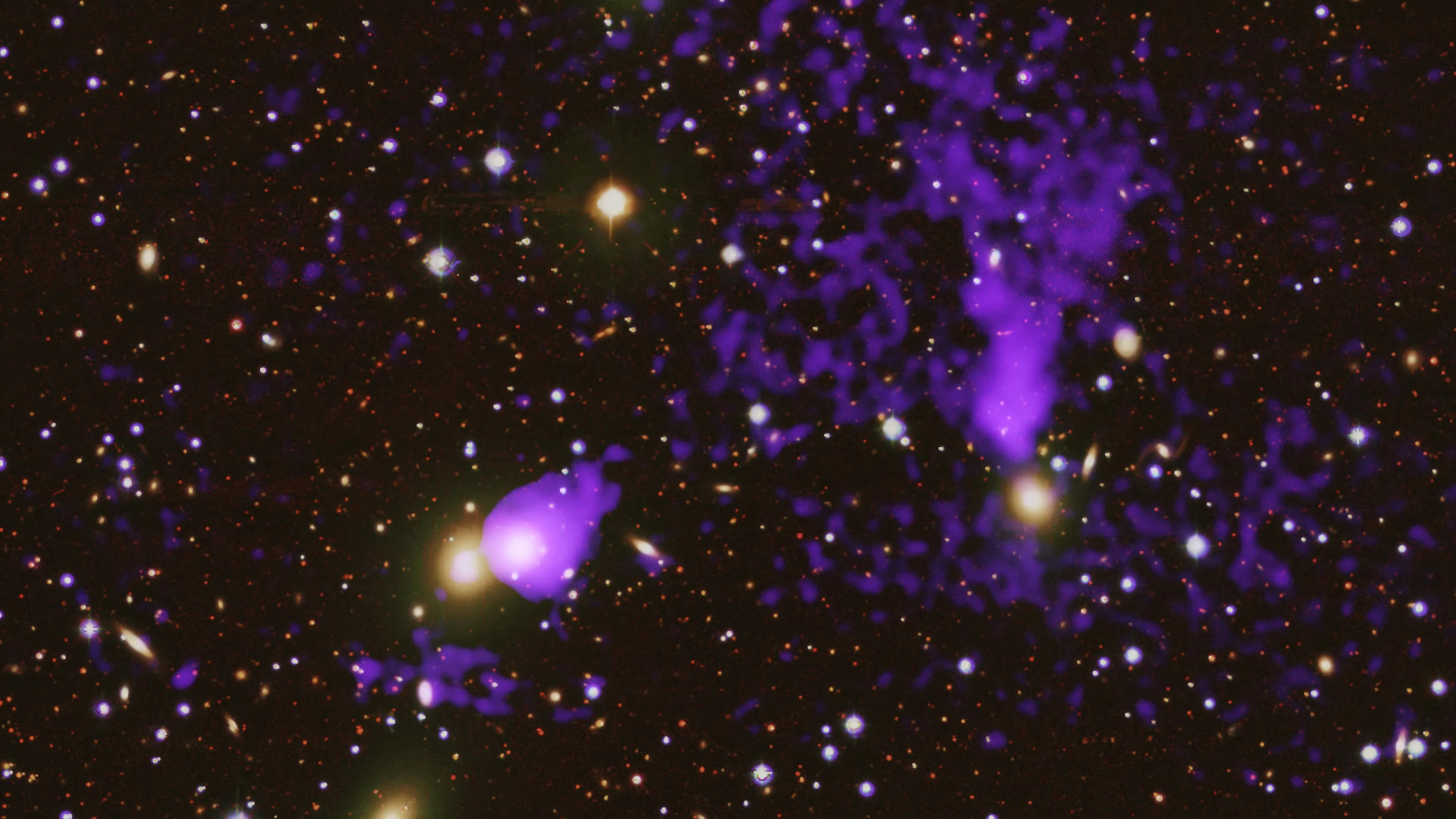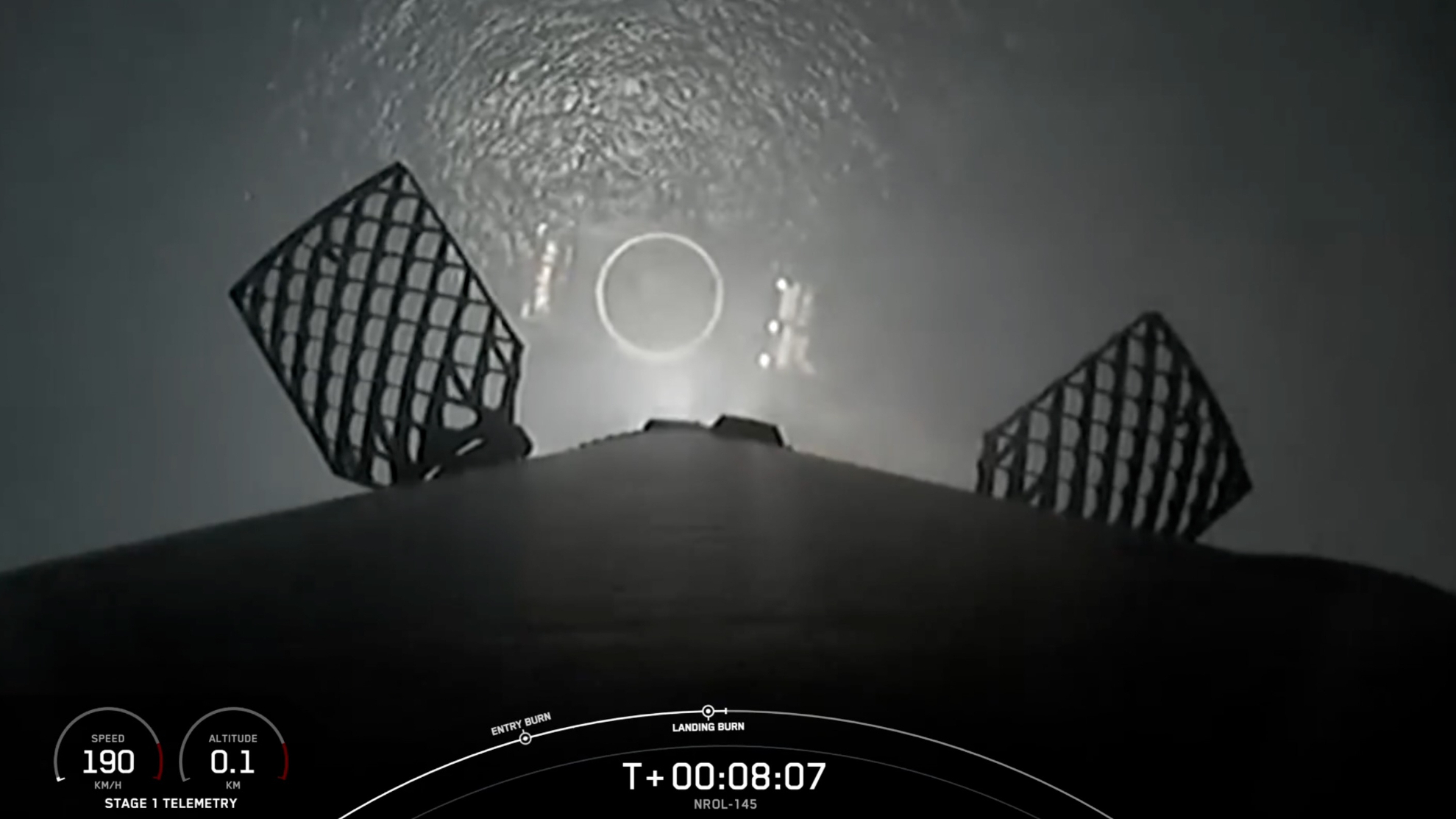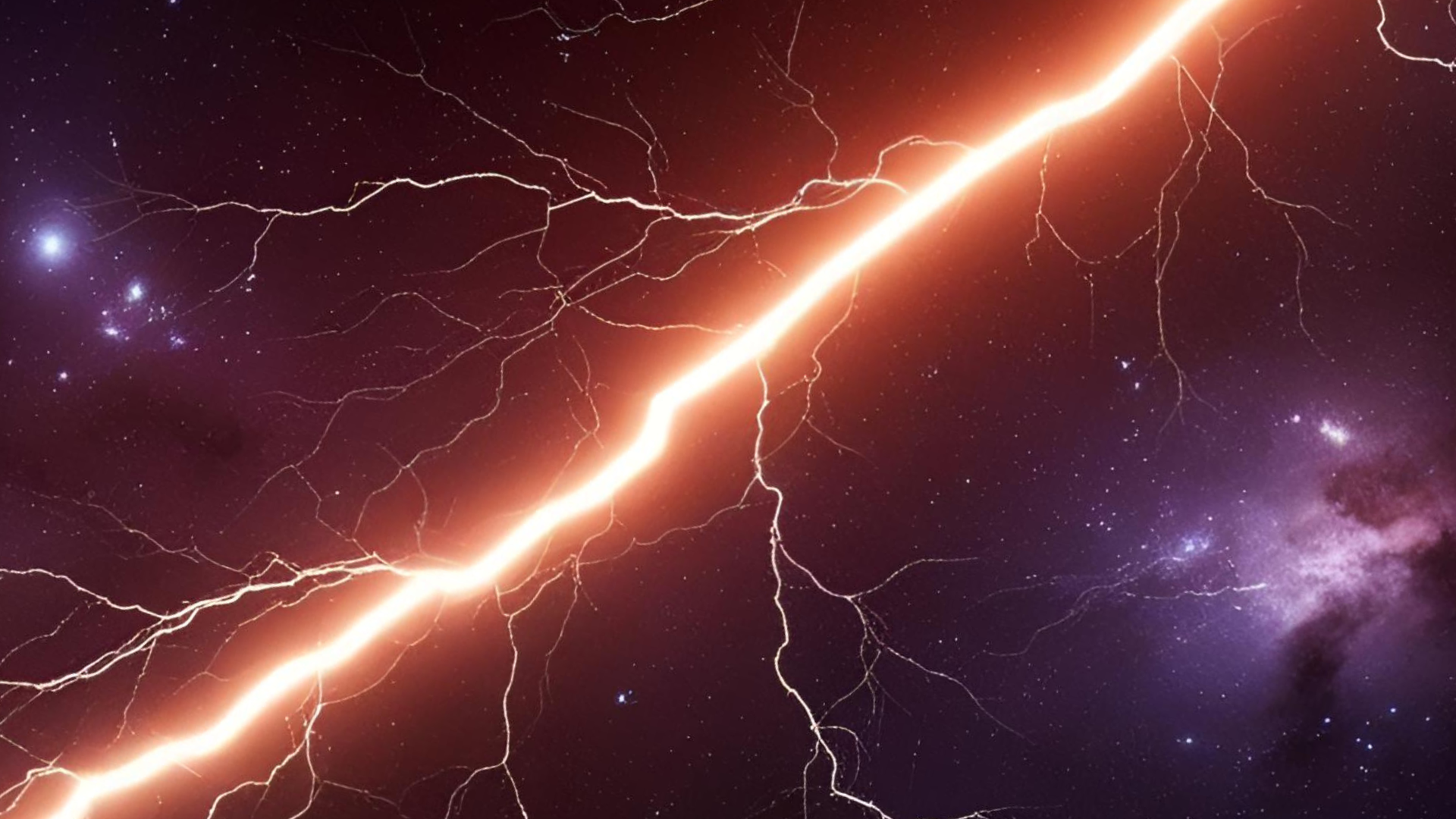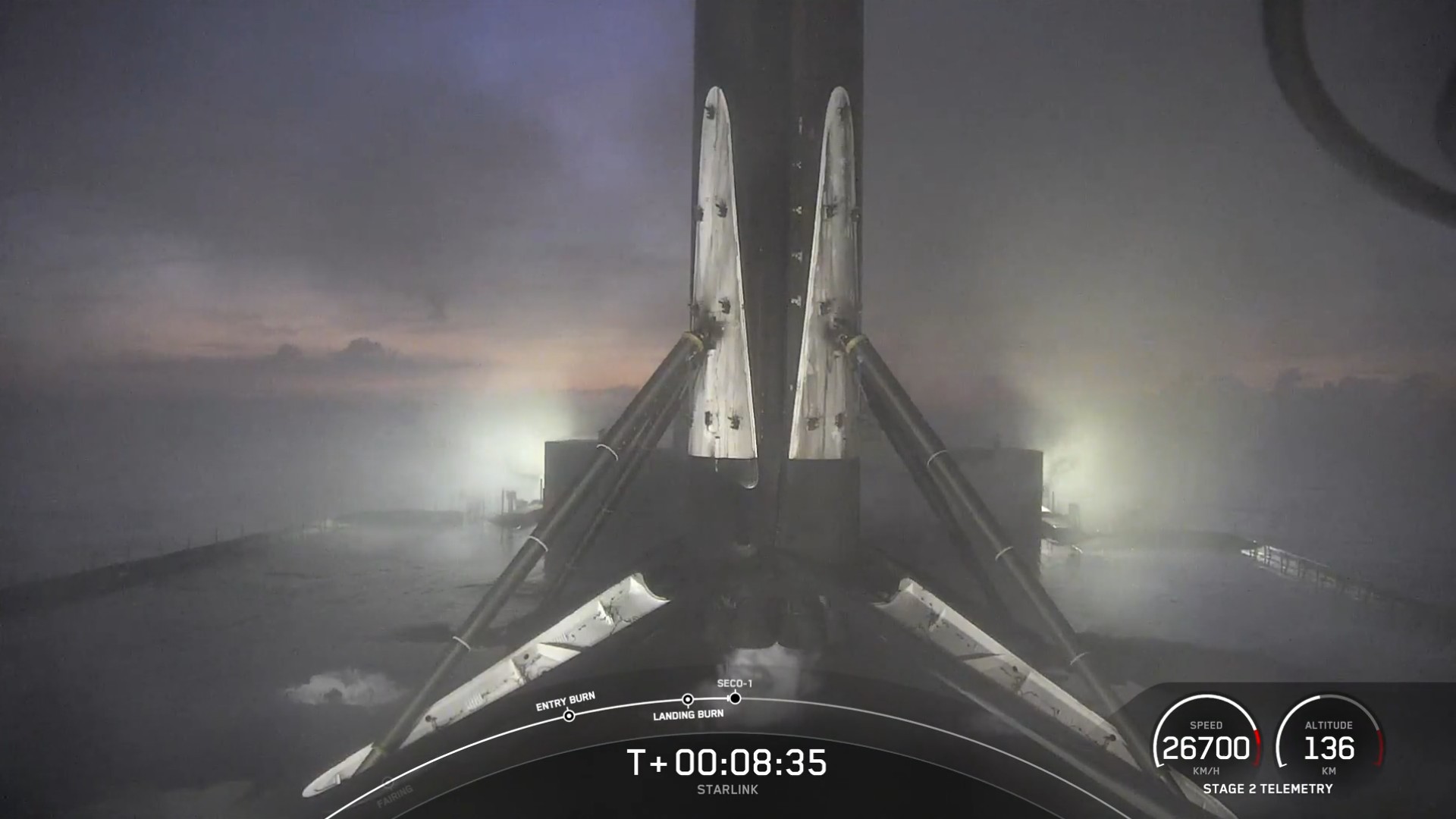NASA's Chandra X-ray telescope sees streams of gas cross in distant galaxy cluster (image)
Criss-crossing streams of superheated gas create a "chaotic landscape" in a distant galaxy cluster.

Criss-crossing streams of superheated gas create a "chaotic landscape" in a distant galaxy cluster.
NASA's Chandra X-ray telescope detected two new streams of gas trailing behind a galaxy within a cluster called Zwicky 8338, or Z8338, located about 670 million light-years from Earth. Together, the two streams form an enormous, comet-like tail of hot gas that extends over 1.6 million light-years, according to a statement from the space agency.
The recent observations build on prior findings within the galaxy cluster, where a shorter pair of tails measuring only 800,000 light-years long had been seen trailing behind a different galaxy. The new Chandra images show that these streams trailing behind each of the galaxies have crossed one another.
"Z8338 is a chaotic landscape of galaxies, superheated gas and shock waves (akin to sonic booms created by supersonic jets) in one relatively small region of space," NASA officials said in the statement.
Related: Amazing photos by NASA's Chandra X-Ray Observatory
The criss-crossing streams of gas may help explain the evolution of the galaxy cluster. Gas that is stripped away from a galaxy as it travels through the cluster creates a tail of superheated gas. This tail can then split into two parts when it crosses paths with another stream of gas. Gas within the detached tail can then fuel the formation of new stars and planets. Therefore, it is believed that this interaction — the crossing of the streams — may lead to the creation of new structures within a cluster, according to the statement.
"This new composite image shows this spectacle," NASA officials said.
Get the Space.com Newsletter
Breaking space news, the latest updates on rocket launches, skywatching events and more!
The X-ray data captured by Chandra (represented in purple) highlights the pockets of superheated gas within the cluster and its position behind the moving galaxies. The image also includes optical data of the individual galaxies from the Dark Energy Survey, conducted using the Cerro Tololo Inter-American Observatory in Chile.
The shorter pair of tails are outlined vertically in the new image, whereas the longer tails have a more horizontal orientation. Chadra's advanced capabilities allowed for deeper observations that revealed the fainter X-rays from the newer and longer set of tails.
Join our Space Forums to keep talking space on the latest missions, night sky and more! And if you have a news tip, correction or comment, let us know at: community@space.com.

Samantha Mathewson joined Space.com as an intern in the summer of 2016. She received a B.A. in Journalism and Environmental Science at the University of New Haven, in Connecticut. Previously, her work has been published in Nature World News. When not writing or reading about science, Samantha enjoys traveling to new places and taking photos! You can follow her on Twitter @Sam_Ashley13.









